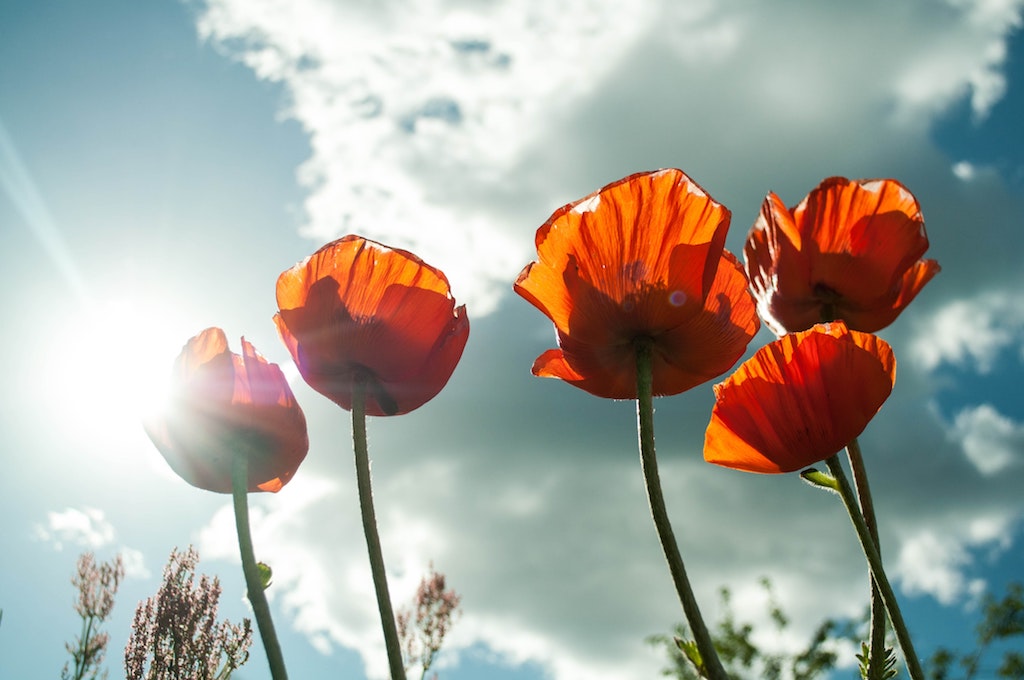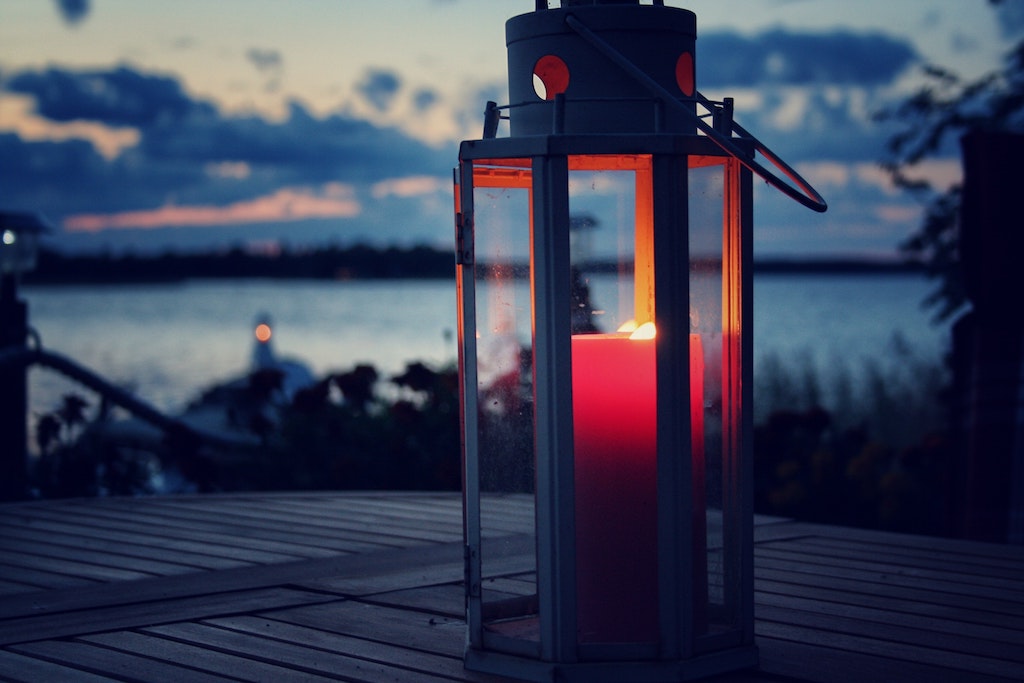November whirls in with wind, rain and a shortening of the days. A new lockdown has placed certain restrictions on us and that is hard for many of us. The season of remembrance has come and nearly gone – All Saints, All Souls, Remembrance Sunday.

It has been hard, being denied the opportunity to remember and give thanks for all those who have given so much in the past. With the waning of the year and with less freedom our thoughts turn more introspective. We recall, we remember, we give thanks for all those who have been dear to us, who have influenced our lives and who have enabled us to continue living in this beautiful, peaceful country. We have our share of problems – but we have so much to value, too, and for which to be thankful.
Thomas Hardy wrote in The Return of the Native:
‘When the curfew is sounded throughout Nature a spontaneous Promethean rebelliousness rises up in us to light a fire against the darkness and chaos.’
Light is so important at this time of the year. The Hindu festival of lights, Diwali, involves the lighting of clay lamps to ward off darkness and to signify the triumph of good over evil. Muslims have just celebrated the birth of the prophet Muhammad and the Jewish people celebrate the First Day of Hanukkah shortly – another celebration that involves the lighting of lamps. Through all these traditions runs the theme of light – light that shines in darkness and drives away bad things. War is remembered, but in a way that makes people yearn for an end to all wars. In 2000 a millennium prayer was formulated that might be used by people of all backgrounds and which is still so valid today:
‘Let there be respect for the earth, peace for its people, love in our lives, delight in the good, forgiveness for past wrong, and from now on, a new start.’














